Female marmosets
$1,600.00
FEMALE MARMOSET FOR SALE
Female marmosets are tiny primates native to South America,
just like their male counterparts. They are classified in the New World monkey category and belong to the biological family Callitrichidae. Here’s a breakdown of their key characteristics:
Size and Appearance:
- Remarkably small, they are some of the world’s tiniest monkeys. Their body length ranges from 11 to 15 centimeters (4.3 to 5.9 inches), with a tail even longer than their body, typically 17 to 23 centimeters (6.7 to 9.1 inches).
- They generally weigh between 280 and 360 grams (9.9 and 12.7 oz), with some species being even lighter.
- Female marmosets have large eyes and prominent ears, often with contrasting fur coloration around their faces. Their fur can vary in color depending on the species, with common colors including brown, grey, black, and white.
Habitat and Distribution:
- Primarily arboreal (tree-dwelling), marmosets inhabit tropical rainforests and some drier forest areas across South America, ranging from Bolivia and Brazil to Panama.
Diet:
- Omnivorous, meaning they consume both plant and animal material. Their diet typically includes fruits, insects, small vertebrates like lizards and frogs, nectar, and tree sap. Some species, like the pygmy marmoset, are even known to specialize in gum and tree sap consumption.
Social Behavior:
- Highly social creatures, marmosets live in family groups of 2 to 10 individuals, with a dominant breeding pair. These family groups are territorial and communicate through a variety of vocalizations, including chirps, trills, and whistles.
- Female marmosets play a vital role in group dynamics. They are typically the primary caregivers for the young, and all members of the group, including other females, will help raise the offspring. In some marmoset species, females are even dominant over males in the social hierarchy.
Interesting Facts:
- Marmosets are agile climbers and can move quickly through the trees using their sharp claws.
- They have a unique twin birth rate, with most marmoset pregnancies resulting in twins.
- Unfortunately, habitat loss and the illegal pet trade threaten marmoset populations.
There are over 20 different species of marmosets, with some of the most common varieties including:
- Common marmoset
- Pygmy marmoset
- Geoffroy’s marmoset
- Cotton-headed marmoset
- Black-tailed marmoset


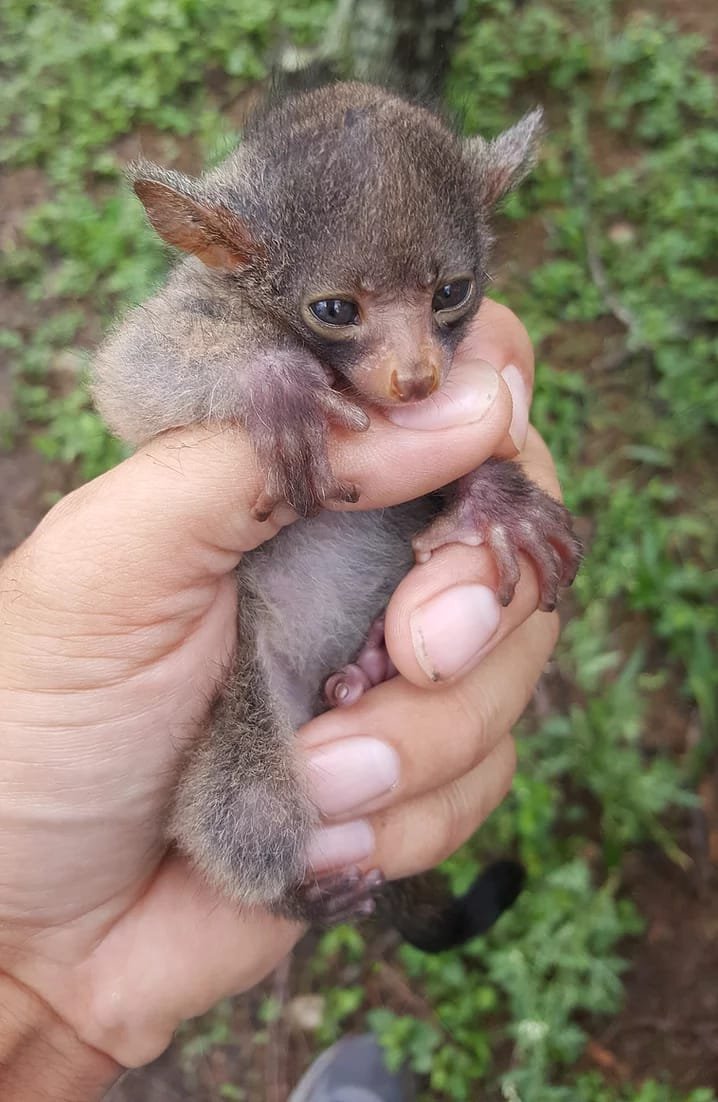
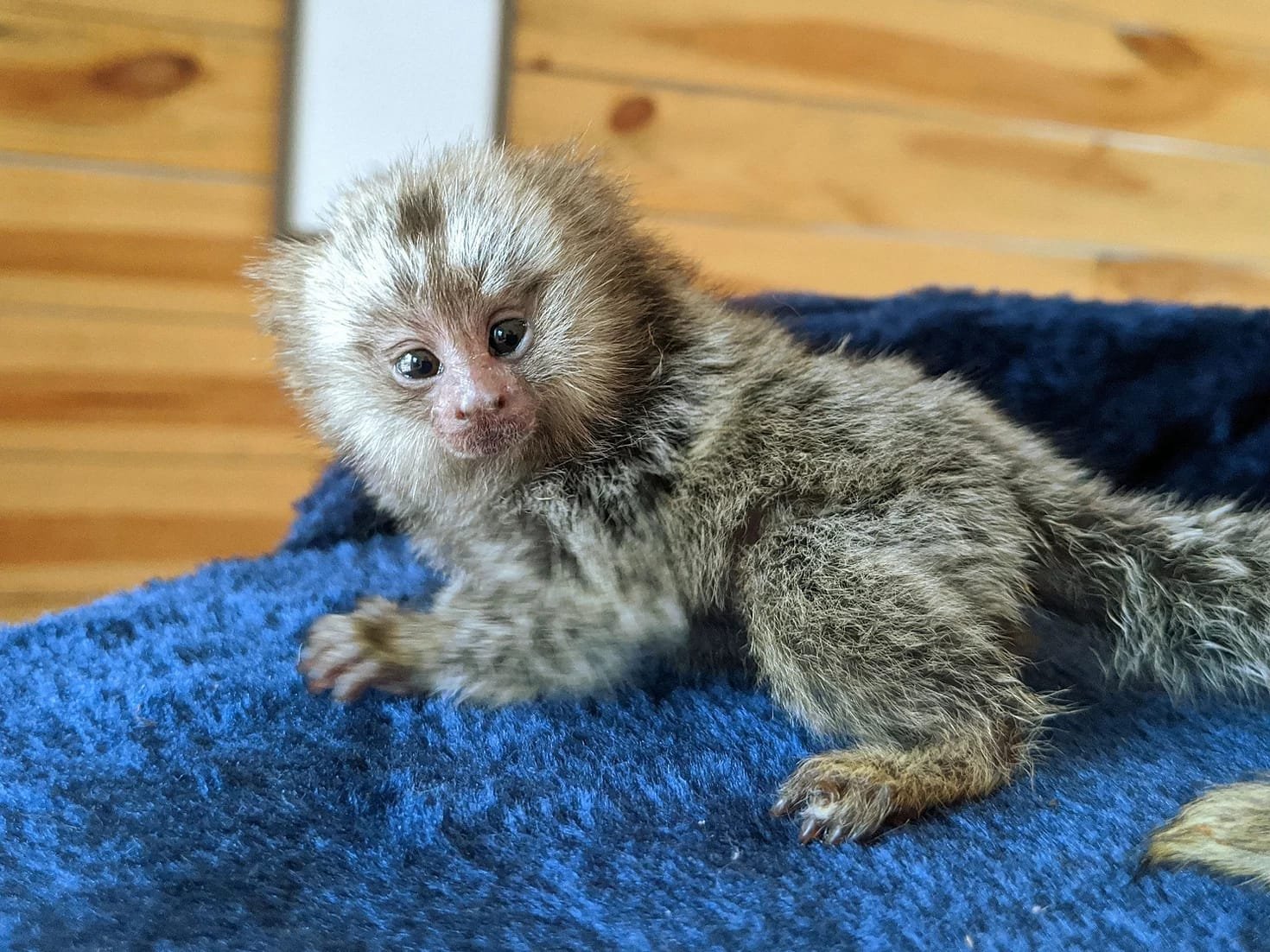
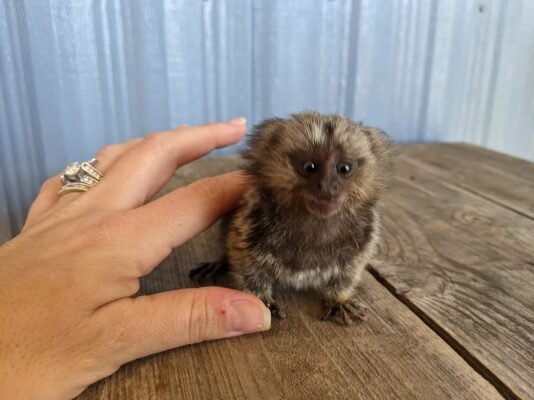
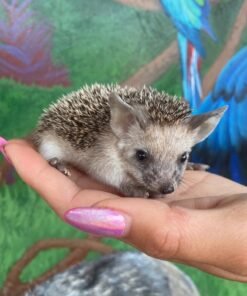
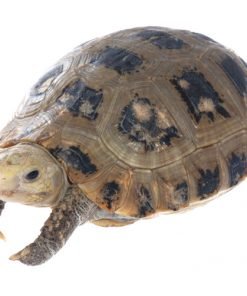

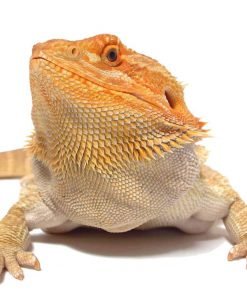

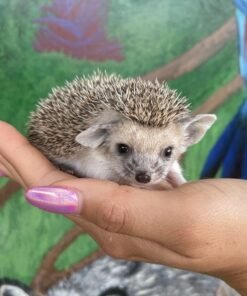
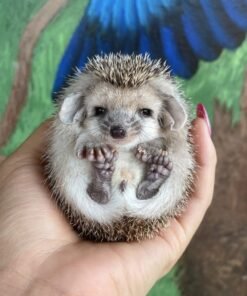


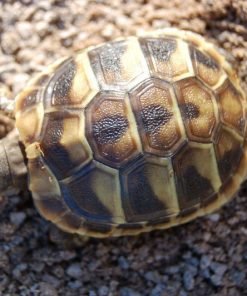
Be the first to review “Female marmosets”